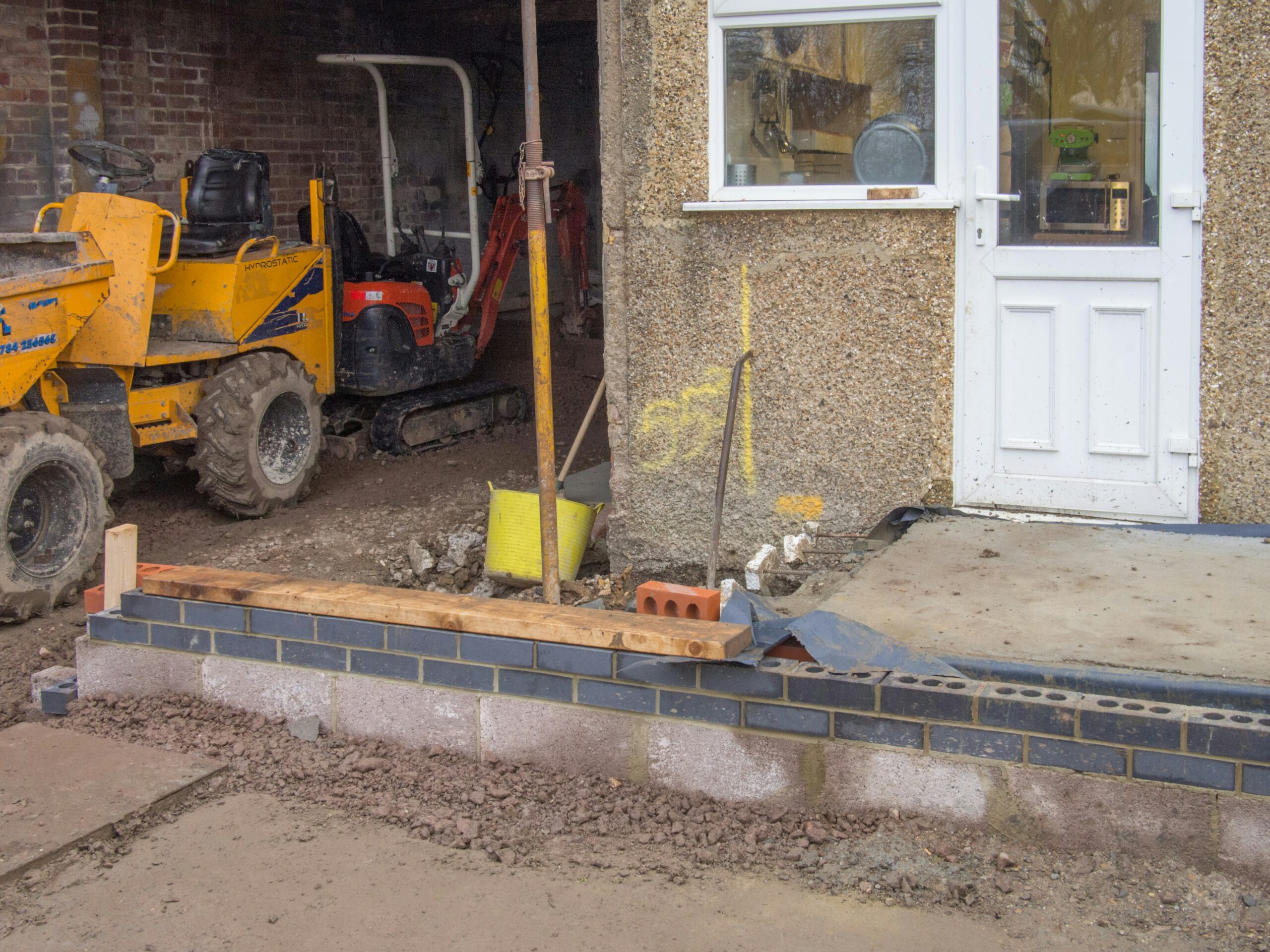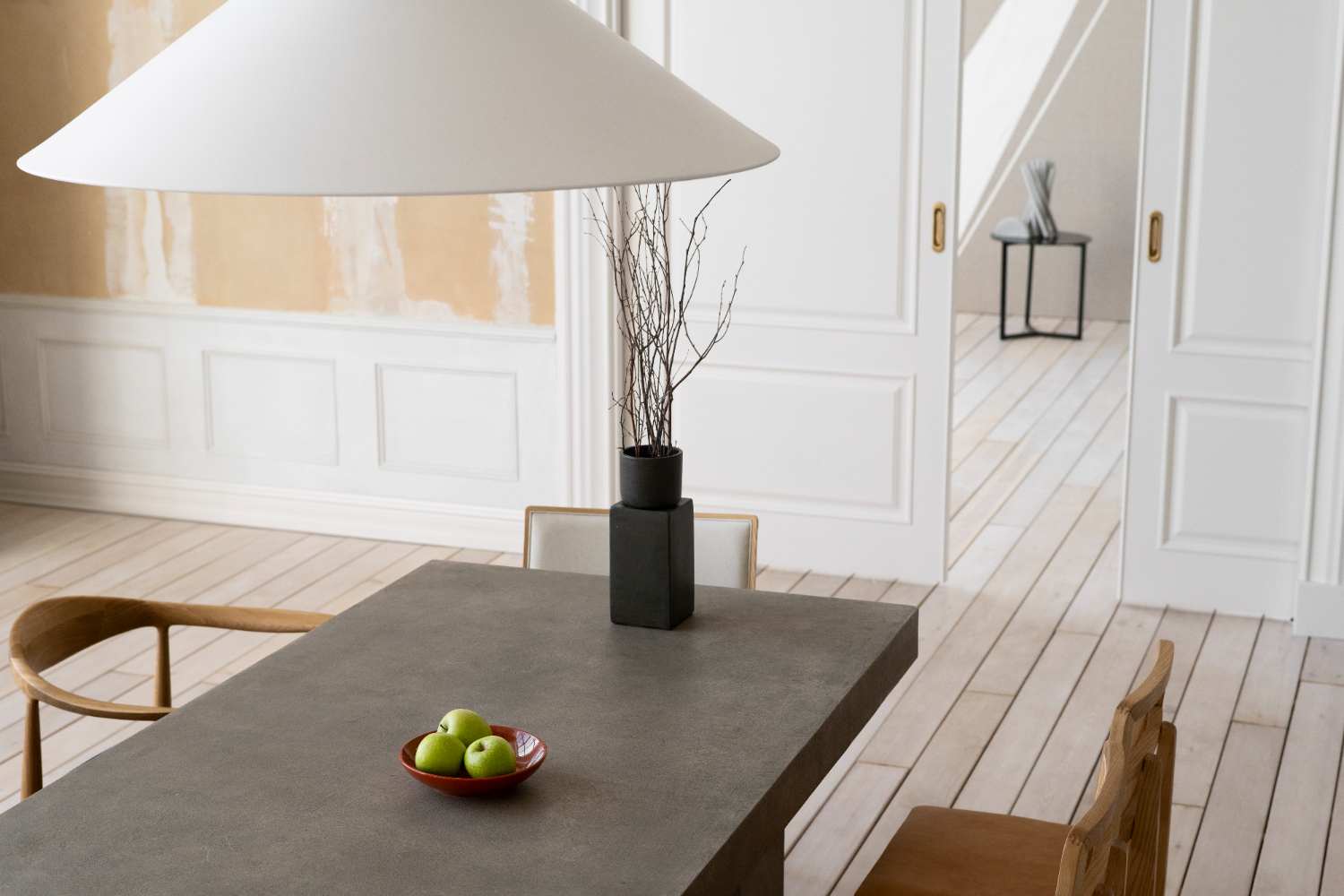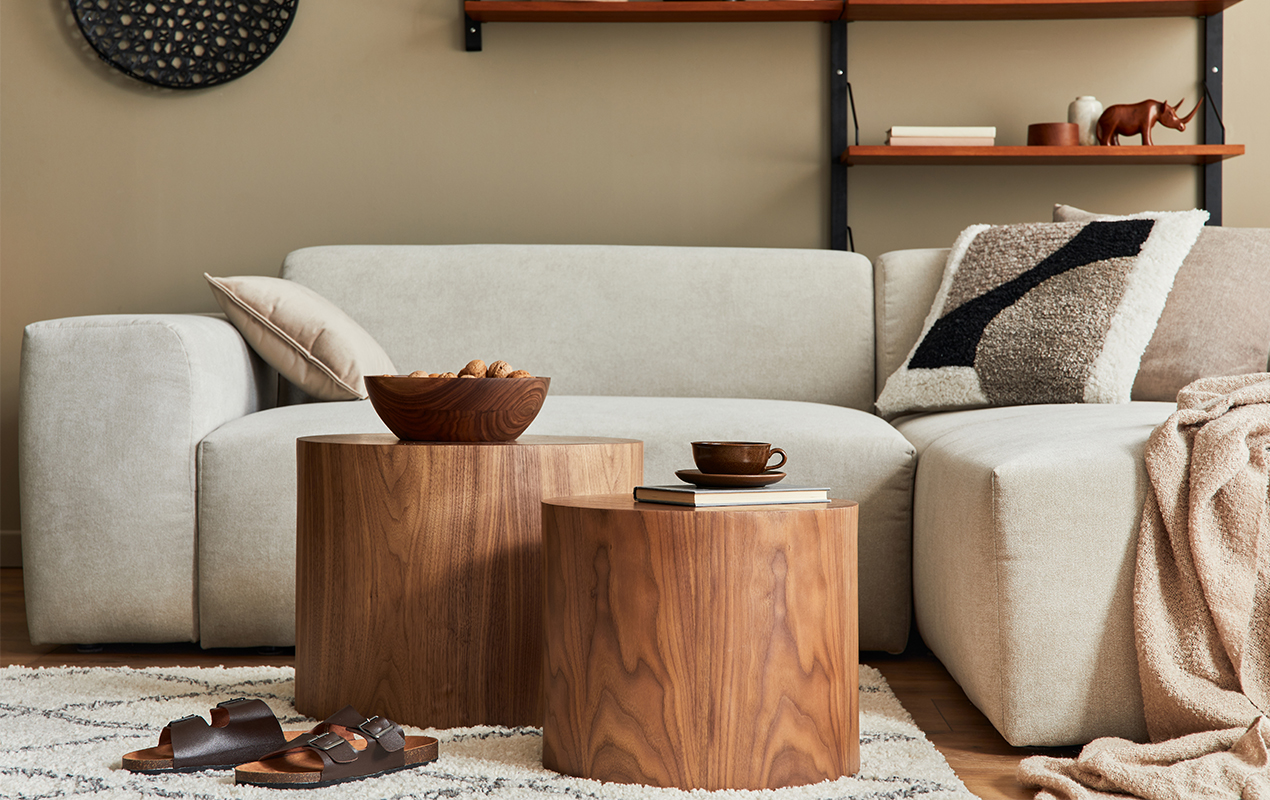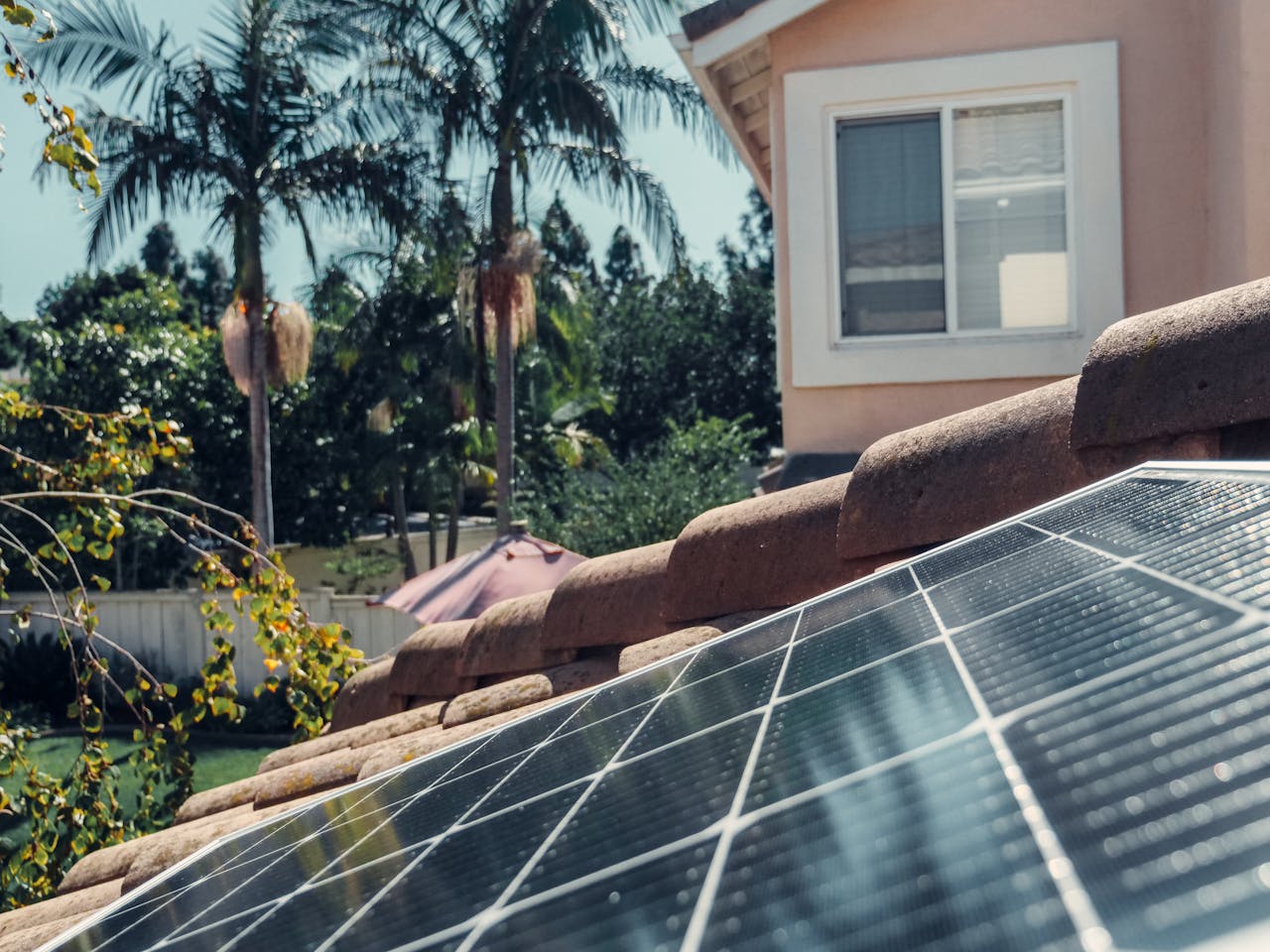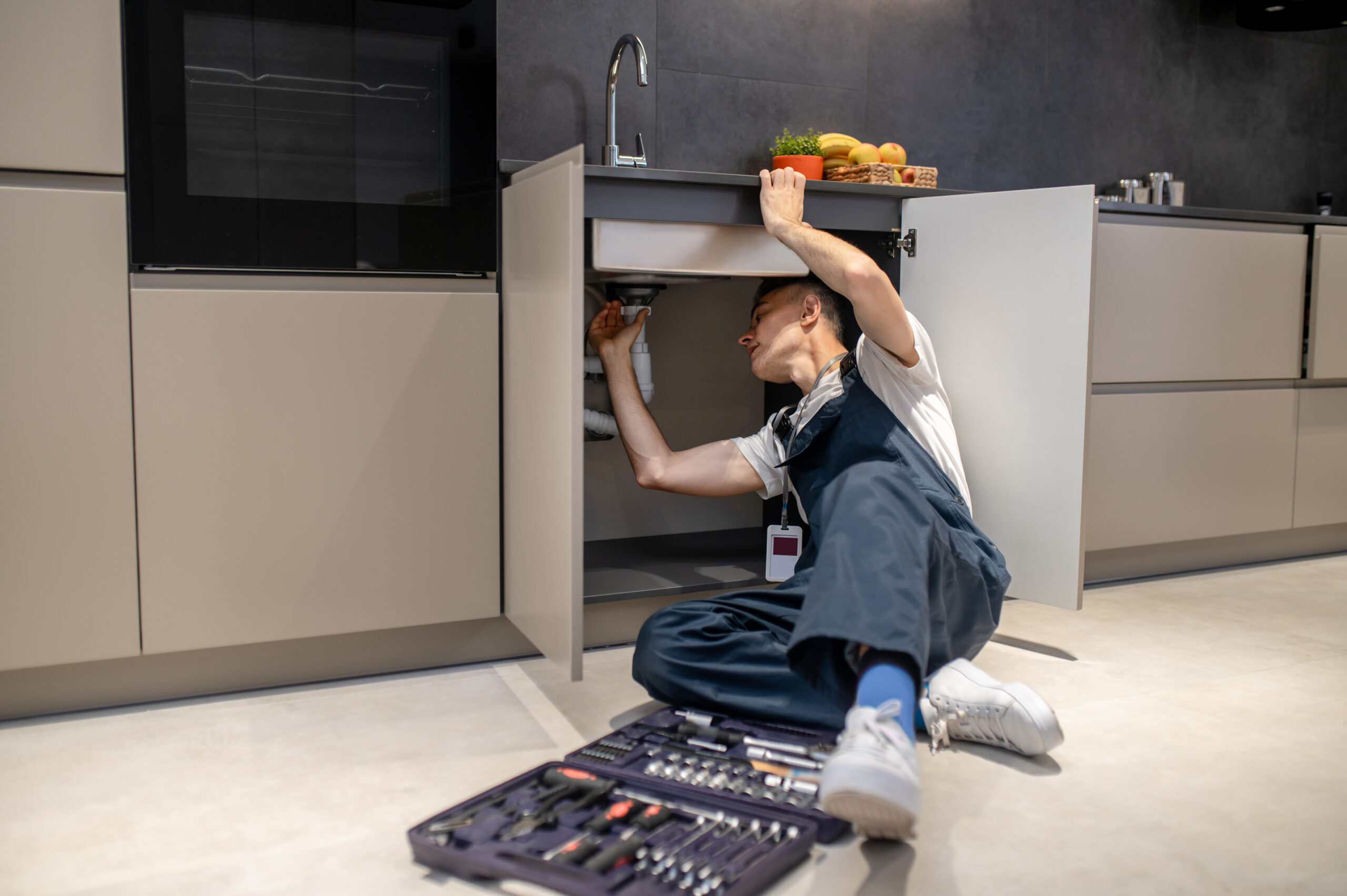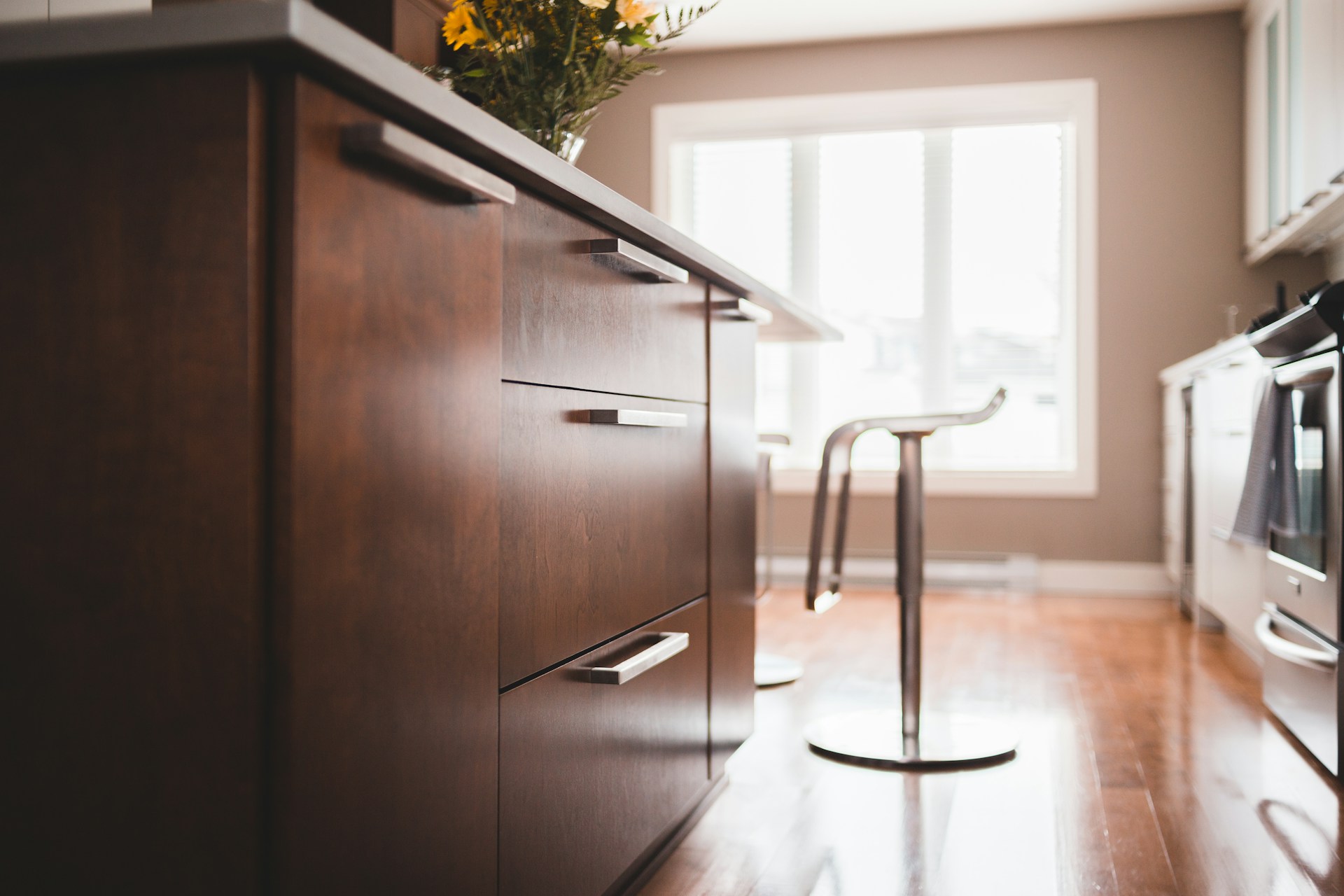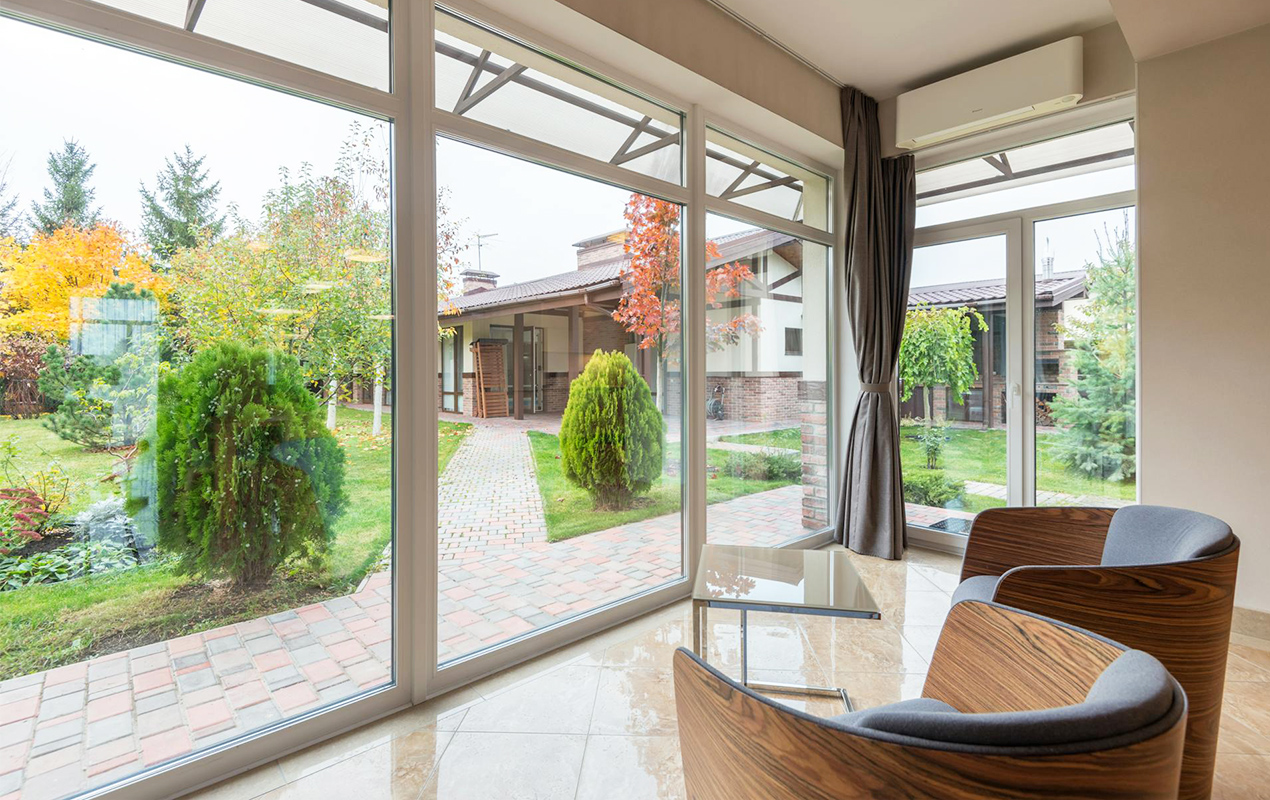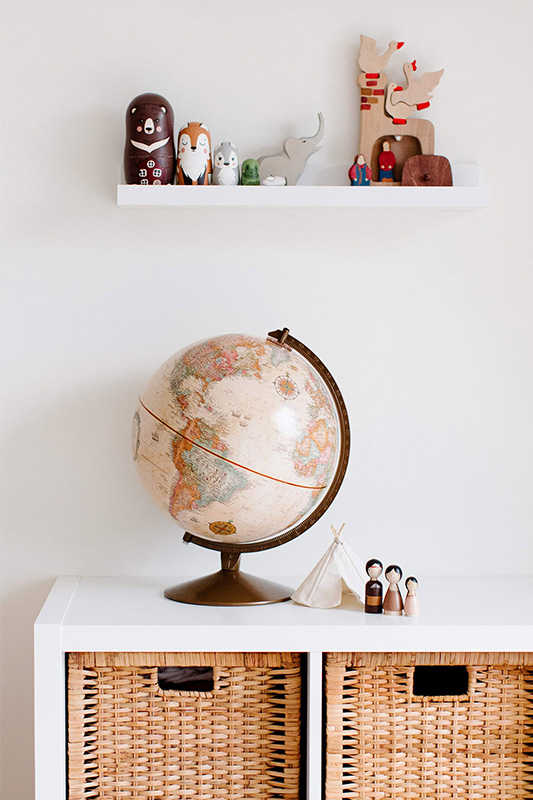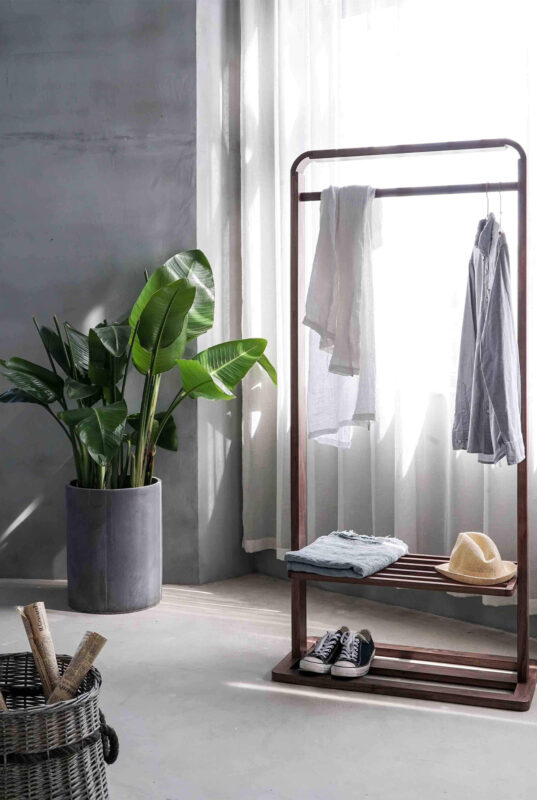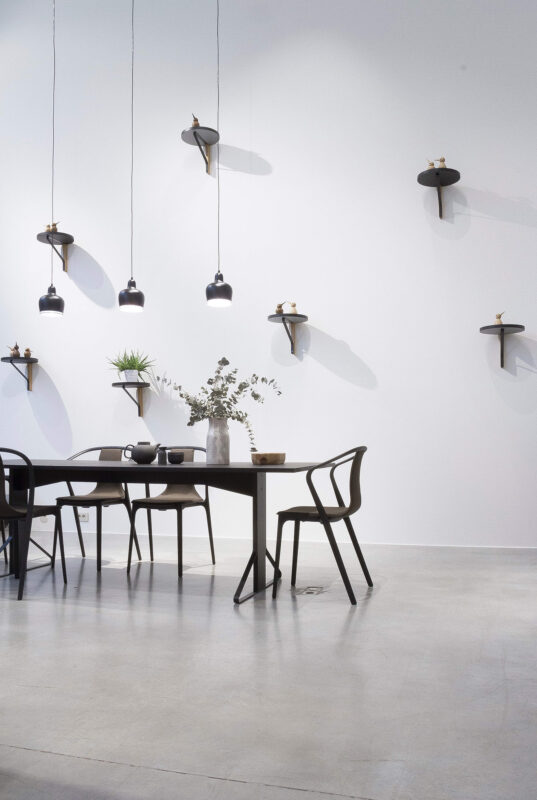Blog
Carpet Cleaning Success: Dos and Don’ts for Lasting Results
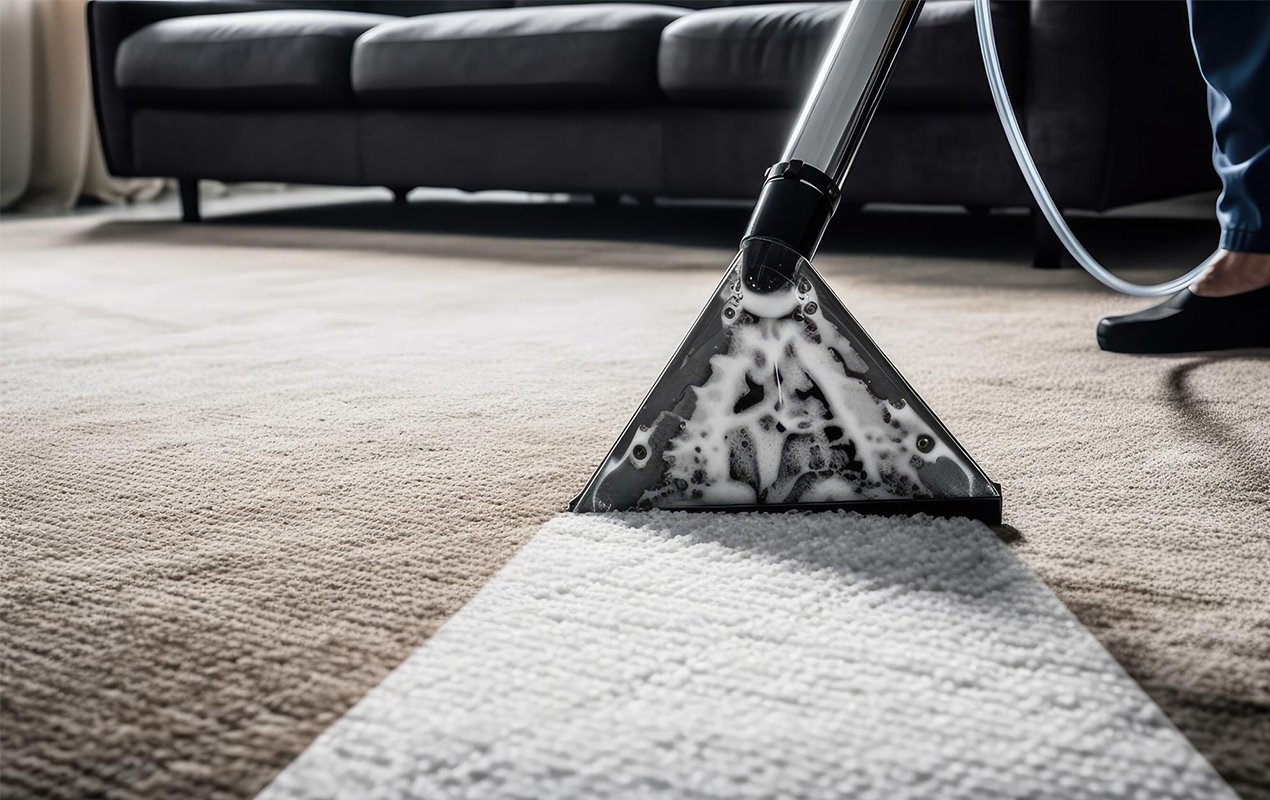
Nothing beats stepping into a clean, comfortable home after a long day at work. For many, spending free time at home is a treat, and being in a tidy environment is undoubtedly a welcome bonus. Do you know what you could do to make the most out of those precious moments spent in your personal space? Have a soft, clean carpet to rest your feet and body as you unwind!
Carpet cleaning ensures your home’s cleanliness while extending your carpets’ life. However, many homeowners often need help with what to do once their carpets have been professionally cleaned. One common question arises: ‘How long does carpet dry after cleaning take?’ Understanding the answer to this and knowing the appropriate steps to take post-cleaning can significantly affect the effectiveness and longevity of your carpets. Here are the essential dos and don’ts after your carpet cleaning.
Do: Allow Adequate Drying Time
Could you imagine spending time, effort, and money — getting it professionally done by providers like www.megerianrugscarpetcleaners.com or other savvy professionals—on cleaning your carpets only to soil them too soon? Such a waste, right? Well, you can avoid this unfortunate scenario by giving time for the carpets to dry properly before putting them back to use.
The time it takes for carpets to dry after cleaning can vary depending on the method used, the carpet material, and the environmental conditions. Generally, it can take six to 12 hours for a carpet to dry thoroughly. However, this process may take up to 24 hours in more humid environments or during colder months. Increase air circulation by opening windows or using fans to speed up drying and maintain a moderate indoor temperature.
Don’t: Walk On Wet Carpets
Walking on your carpets before they are completely dry can not only be a slip hazard but can also re-soil the carpet and affect the integrity of the fibres. Aside from this, here are other adverse effects of using a rug that’s not thoroughly dried:
- Mold and mildew growth: One of the most significant risks of using a wet carpet is mold and mildew growth potential. These fungi thrive in moist environments, and a damp carpet provides an ideal breeding ground. Mold and mildew can cause musty odors and pose health risks, particularly to those with allergies, asthma, or other respiratory conditions.
- Damage to carpet fibers: Walking on a wet carpet can cause the fibers to become matted and distorted, changing the carpet’s texture and appearance. Over time, this can result in irreversible damage, making it look worn and unattractive.
- Increased soiling: Wet carpets attract more dirt and debris. When you walk on a damp carpet, the moisture can act as a magnet for dirt from your shoes, increasing soiling and potentially setting stains more deeply into the carpet fibers.
- Delamination: Excessive moisture can weaken the adhesive bond between the carpet’s layers, leading to delamination. This separation of the carpet’s backing from its fibers can cause ripples, bulging, and a general degradation of the carpet structure, often requiring costly repairs or replacement.
Furthermore, the problems are more comprehensive than just the carpet itself. Moisture from a wet rug can seep through to the subfloor, causing damage such as warping, swelling, or even rot, particularly in wooden subfloors. This can create a need for significant repairs and affect the floor’s structural integrity.
Beyond mold and mildew, damp environments can harbor bacteria and other allergens that can affect indoor air quality and pose health risks. Prolonged exposure to these conditions can lead to respiratory issues, skin irritations, and other health problems for occupants. Walk on the carpets with clean white socks or shoe covers and avoid heavy traffic until fully dry.
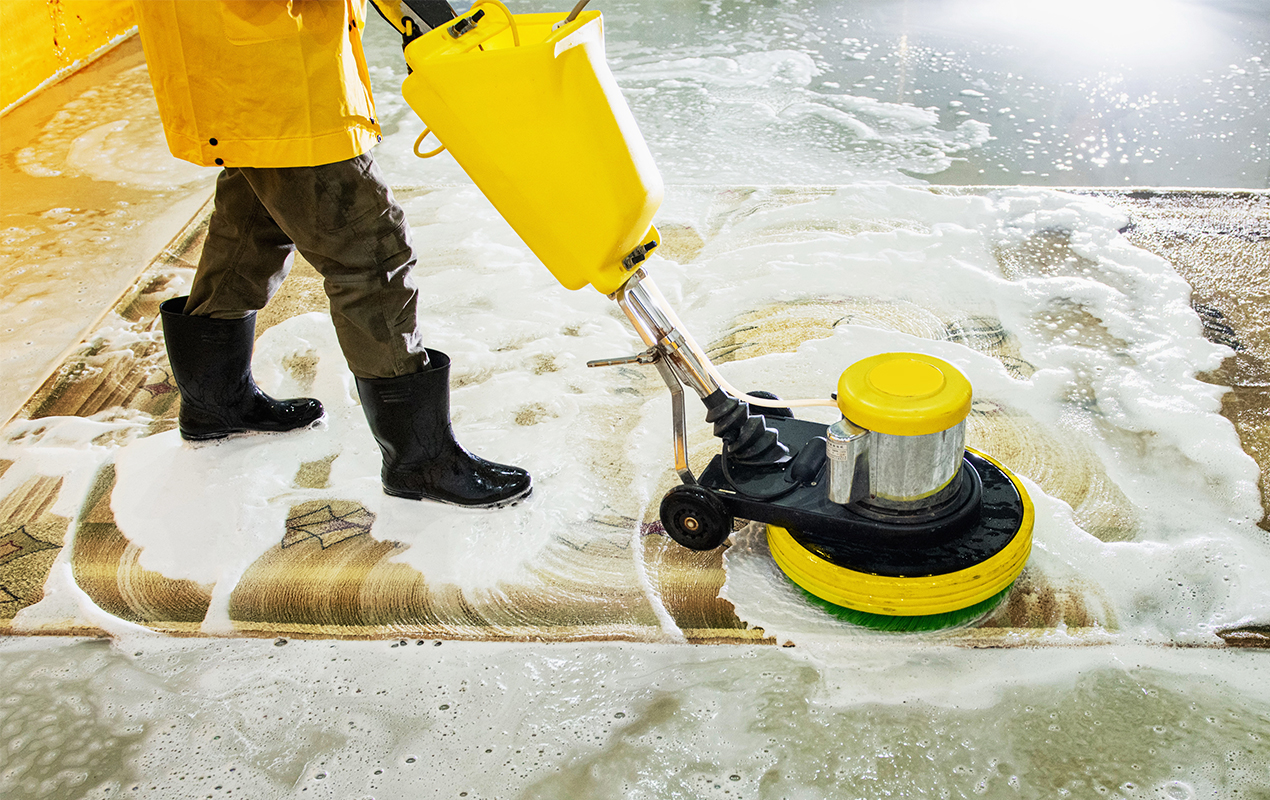
Photo by Adobe Stock
Do: Move furniture carefully
If you’ve removed furniture from the room for cleaning, wait until the carpet is completely dry before moving it back. This precaution prevents staining from wood finishes or rust from metal furniture legs. Additionally, placing aluminum foil or plastic under the furniture legs can protect the furniture and the carpet.
Don’t: Skip Ventilation
Good ventilation is crucial for speeding up the drying process and preventing the growth of mold and mildew. After cleaning, open windows or run an air conditioner or dehumidifier to help remove moisture from the air and carpet.
Do: Vacuum after drying
Once your carpet is dry, vacuuming is an excellent way to restore its fluffiness and texture. This step also helps remove any residual dirt that may have surfaced during the cleaning process. Ensure your vacuum cleaner is in good working condition. If it’s complete, check and empty the dust container or replace the bag. Clean or replace the filters if they’re clogged, and ensure the brushes are free from hair and debris. A well-maintained vacuum ensures efficient cleaning.
If your vacuum cleaner has settings for different pile heights, choose the one that matches your carpet’s type. Using the correct setting is crucial for effective cleaning and to avoid damaging the carpet fibers. A higher setting is recommended for most newly cleaned carpets to avoid putting too much pressure on the delicate fibers. Next, plan your vacuuming route. Start from one corner of the room and work towards the exit to avoid stepping on the areas you’ve already cleaned. This strategy ensures you get all the spots and keeps the carpet looking uniform.
Remember to vacuum slowly to allow the vacuum cleaner to pick up as much dirt as possible. Make sure to go over each section of the carpet multiple times from different directions. This method helps lift the carpet fibers and remove dirt from all sides, which is especially important for newly cleaned carpets to restore their fluffiness.
If your carpet has a longer pile, consider using a carpet grooming brush after vacuuming. This tool helps lift the fibers and leave the carpet neat and fluffy. Proper vacuuming after a professional carpet cleaning not only helps dry the carpet but also ensures that it remains in peak condition, looking and feeling its best.
Don’t: Rush The Process
Patience is vital after carpet cleaning. Rushing the drying process by using too much heat or moving furniture back too early can ruin the effectiveness of the cleaning and potentially damage your carpet. Allow ample time to dry entirely and settle before resuming regular use.
Final Thoughts
Knowing how long it takes for a carpet to dry after cleaning and following the proper steps afterward are crucial in maintaining your carpet’s cleanliness, appearance, and longevity. By adhering to these dos and don’ts, you can ensure your carpets remain in top condition for years. Whether it’s ensuring proper ventilation or avoiding foot traffic until the carpet is dry, these simple actions will significantly contribute to the overall upkeep of your home’s flooring.

